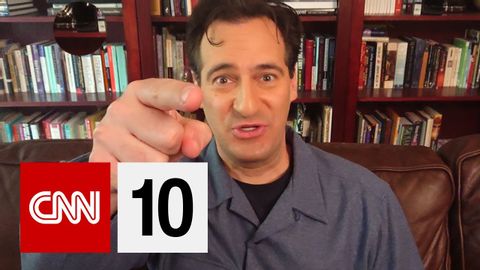どこから来たの?| 2020年4月8日(金) (Where Did It Come From? | April 8, 2020)
林宜悉 が 2021 年 01 月 14 日 に投稿  この条件に一致する単語はありません
この条件に一致する単語はありませんUS /səbˈskraɪb/
・
UK /səb'skraɪb/
- v.t./i.(定期的なサービスに)申し込む : 予約をする : 予約金を払う
US /səˈsɛptəbəl/
・
UK /səˈseptəbl/
- adj.影響を受けやすい;影響を受けやすい;影響を受けやすい;脆弱な
US /prɪˈtɛnd/
・
UK /prɪ'tend/
- v.t./i.ふりをする
- adj.見せかけの : 偽りの
- n. (c./u.)見せかけ : 偽り
- n. (c./u.)病気;植物病;弊害
- v.t.むしばむ
エネルギーを使用
すべての単語を解除
発音・解説・フィルター機能を解除

